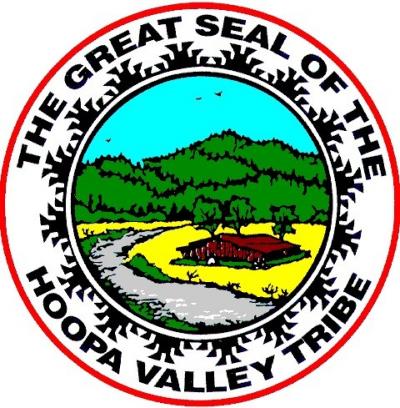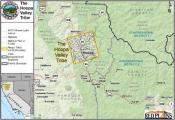Hoopa Valley Tribe
About Hoopa Valley Tribe
The Hoopa Valley Tribe, are a Tribal Government dedicated to protecting and promoting the interests of the Hoopa Valley Indians, and cooperating and collaborating with Federal, State, and local Governments.
MFACTS
- Unlike most California Indians the Hupa tribe was never forced, by the government of the United States, to move off their original lands.
- Most of the Hupa people live on the Hoopa Valley Indian Reservation.
- A treaty signed in 1864 with the United States government recognized this 141-square mile area as belonging to the Hupa.
- Hupa Indians are known for producing beautiful elk horn carvings and rock engravings.
- Smoking was an important part of Hupa culture and Hupa Indian men made elaborate pipes.
- Hupa Indians are known for their beautiful basketry and women basket makers used a twining technique.
- Hupas used redwood dugout canoes for river travel.
- The Hupa were not a warring tribe, but when needed they would utilize bow and arrows, spears, and stone knives for weapons.
CURRENT STATUS
The 85,445-acre Hoopa Valley Reservation in Humboldt County is the largest Indian reservation in the State of California. The Hupa share it with some Karuk, Yurok, and other Indian tribes including descendants of Chilula, and Whilkut. The Hoopa Valley Tribe adopted a constitution and bylaws in 1950. The reservation is generally self-sufficient. Timber, farming, and livestock constitute the main economic activities. The Hoopa Valley Tribe is a federally recognized tribal entity. Hupas maintain a strong tribal identity and sense of continuity with the past thanks, in part, to a continued presence in their homeland. They still practice many traditional customs, such as hunting, fishing, acorn gathering, basket and regalia making, and two World Renewal dances. Hupa language is still spoken, particularly by older people.



